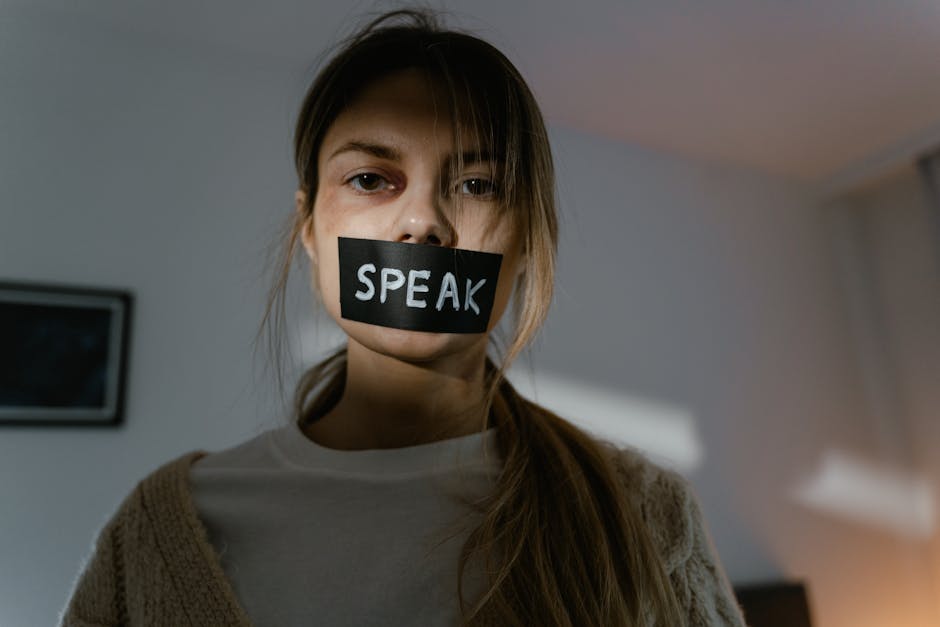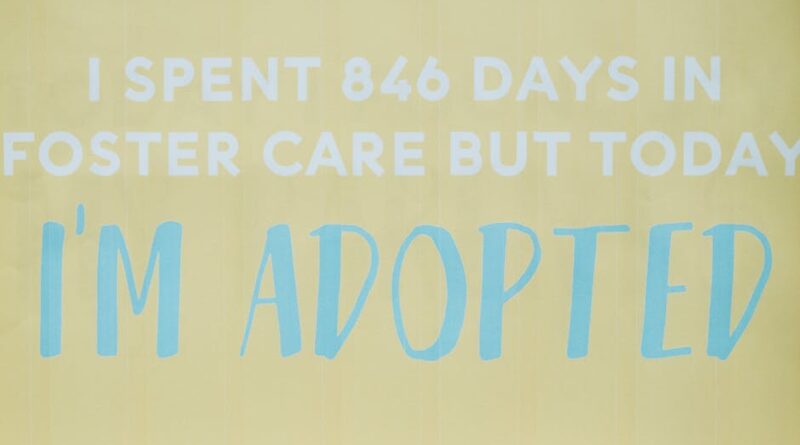Exploring the Impact: Community Impact Stories
Communities are the lifeblood of society, where individuals come together to support, uplift, and create positive change. Within these communities, stories emerge that showcase the power of collective action, resilience, and unity. These stories, known as community impact stories, highlight the transformative effects of individuals and groups working towards a common goal. From grassroots initiatives to large-scale movements, community impact stories demonstrate the potential for change when people come together.
The Power of Storytelling

By cottonbro studio via Pexels
At the heart of every community impact story is storytelling. Stories have the unique ability to connect people, evoke emotions, and inspire action. When individuals share their experiences, challenges, and triumphs, they create a narrative that resonates with others. These stories serve as a catalyst for change, sparking conversation, raising awareness, and galvanizing support for important causes.
One powerful example of the impact of storytelling is the #MeToo movement. What began as a social media hashtag in 2017 quickly grew into a global phenomenon, with individuals sharing their experiences of sexual harassment and assault. These personal stories shed light on a pervasive issue, sparking a crucial conversation about consent, boundaries, and respect. The #MeToo movement not only raised awareness but also led to tangible changes in policies, laws, and societal attitudes towards survivors of sexual violence.
Building Stronger Communities

By TIMO via Pexels
Community impact stories play a vital role in building stronger, more resilient communities. By highlighting the efforts of individuals and organizations working to address pressing issues, these stories inspire others to get involved and make a difference. Whether it’s a local volunteer group cleaning up a park, a nonprofit providing essential services to underserved populations, or a grassroots movement advocating for social justice, community impact stories showcase the power of collective action.
One such example is the story of the Flint water crisis. When residents of Flint, Michigan, began experiencing health issues due to contaminated drinking water, community members banded together to demand accountability and change. Through their advocacy efforts, including protests, petitions, and media campaigns, the residents of Flint raised awareness about the crisis and pressured government officials to take action. Their collective voice ultimately led to improvements in water quality and infrastructure, demonstrating the impact of community mobilization.
Empowering Individuals

By MART PRODUCTION via Pexels
Community impact stories not only inspire collective action but also empower individuals to make a difference in their own communities. By showcasing the stories of ordinary people doing extraordinary things, these narratives encourage others to step up, speak out, and take action. Whether it’s starting a community garden, mentoring at-risk youth, or organizing a fundraising event, individuals can draw inspiration from community impact stories to create positive change in their own neighborhoods.
Take, for example, the story of Malala Yousafzai. After surviving an assassination attempt by the Taliban for her advocacy for girls’ education in Pakistan, Malala continued to speak out on behalf of marginalized communities worldwide. Her courage and resilience in the face of adversity inspired millions around the globe to stand up for their rights and fight for a more just and equitable society. Malala’s story serves as a reminder that one person’s actions can have a ripple effect, creating lasting impact for generations to come.
Celebrating Diversity and Inclusion
Community impact stories also celebrate the diversity and inclusion within communities, highlighting the unique perspectives and experiences of individuals from different backgrounds. By amplifying the voices of marginalized groups, these stories promote understanding, empathy, and solidarity among community members. From LGBTQ+ rights advocacy to immigrant empowerment initiatives, community impact stories shed light on the challenges and triumphs of diverse communities.
One powerful example of the impact of diversity and inclusion in community storytelling is the Black Lives Matter movement. Originating in response to police brutality and systemic racism, this movement has sparked a national conversation about racial justice and equality. Through community organizing, protests, and advocacy campaigns, Black Lives Matter activists have brought attention to the disparities faced by Black communities and demanded meaningful change. Their stories have inspired people of all backgrounds to stand up against racial injustice and work towards a more inclusive society.
Fostering Collaboration and Partnership
Community impact stories also emphasize the importance of collaboration and partnership in creating lasting change. By showcasing successful partnerships between individuals, organizations, and businesses, these stories demonstrate the power of working together towards a common goal. Whether it’s a public-private partnership to revitalize a blighted neighborhood or a cross-sector initiative to address a pressing social issue, collaboration is key to achieving meaningful impact.
One notable example of successful collaboration in community impact is the partnership between Starbucks and Feeding America. Through their FoodShare program, Starbucks donates surplus food to local food banks, reducing waste and supporting community members in need. This innovative partnership has not only helped alleviate hunger in communities across the country but has also inspired other businesses to take similar action. By working together, Starbucks and Feeding America have shown that when organizations join forces, they can make a significant difference in the lives of those they serve.
Measuring Impact and Effectiveness
One of the challenges of community impact stories is measuring their effectiveness and impact. While these stories can inspire, educate, and mobilize communities, quantifying the tangible outcomes of these efforts can be more challenging. However, by tracking key performance indicators, collecting data, and soliciting feedback from stakeholders, organizations can assess the impact of their community initiatives and make informed decisions about future strategies.
For example, a nonprofit organization that provides job training and placement services to underserved populations can measure the impact of its programs by tracking the number of individuals placed in sustainable employment, their retention rates, and their long-term career outcomes. By collecting this data and analyzing the results, the organization can demonstrate the effectiveness of its work and make data-driven decisions to improve its services and reach more community members in need.
Challenges and Opportunities
While community impact stories are a powerful tool for driving social change, they also face various challenges and opportunities. From funding constraints to limited resources, organizations and individuals working to create impact in their communities must navigate a complex landscape of obstacles and possibilities. By addressing these challenges head-on and seizing opportunities for collaboration, innovation, and growth, community impact stories can continue to inspire, educate, and mobilize communities around the world.
One of the key challenges facing community impact stories is the issue of sustainability. Many community initiatives rely on short-term funding and volunteer support, making it difficult to maintain momentum and achieve long-lasting impact. To address this challenge, organizations must develop sustainable funding sources, cultivate partnerships with key stakeholders, and engage community members in the planning and implementation of initiatives. By building a strong foundation for their work, organizations can ensure the longevity and effectiveness of their community impact stories.
Expert Opinions
Experts in the field of community development emphasize the importance of storytelling in driving social change. According to Dr. Pam Smith, a renowned community psychologist, “Community impact stories have the power to inspire, educate, and mobilize individuals and groups towards a common goal. By sharing our experiences, challenges, and successes, we can create a narrative that resonates with others and motivates them to take action.”
Dr. Smith highlights the role of storytelling in building empathy, fostering collaboration, and promoting inclusion within communities. She believes that community impact stories can serve as a catalyst for meaningful change, empowering individuals to make a difference in their own neighborhoods and beyond.
Conclusion
To wrap things up, community impact stories are a powerful tool for driving social change, inspiring action, and building stronger, more resilient communities. By sharing stories of individuals and organizations working to create positive impact, we can amplify voices, raise awareness, and mobilize communities towards a common goal. Whether it’s advocating for social justice, supporting underserved populations, or promoting environmental sustainability, community impact stories showcase the transformative effects of collective action and collaboration.
As we continue to navigate the challenges and opportunities of community impact, let us remember the power of storytelling in driving change. By sharing our experiences, connecting with others, and working together towards a shared vision, we can create a more just, equitable, and compassionate society for all.




